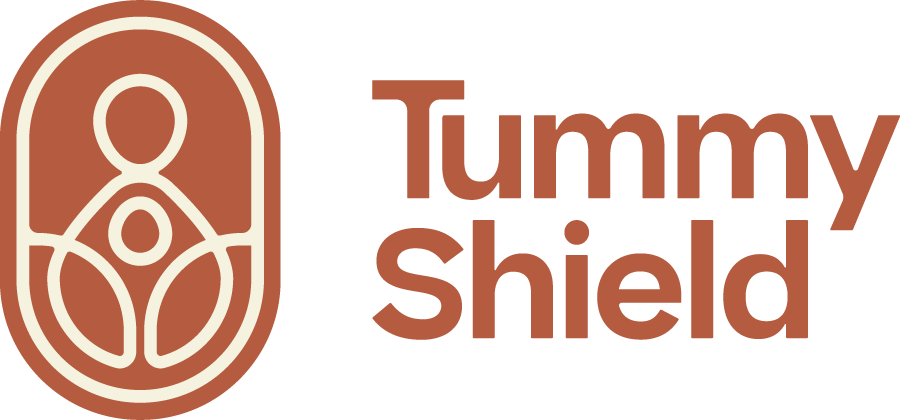Seatbelts and pregnancy: what every expectant mum should know
What you need to know about seatbelts and pregnancy. Protect your bump & stay comfy with our guide on how to wear a seatbelt when pregnant.
How to travel in a car during pregnancy: 8 must-know safety tips
Learn how to travel in a car during pregnancy with peace of mind in your unborn baby’s safety. Simple road travel tips to follow when you’re expecting.

